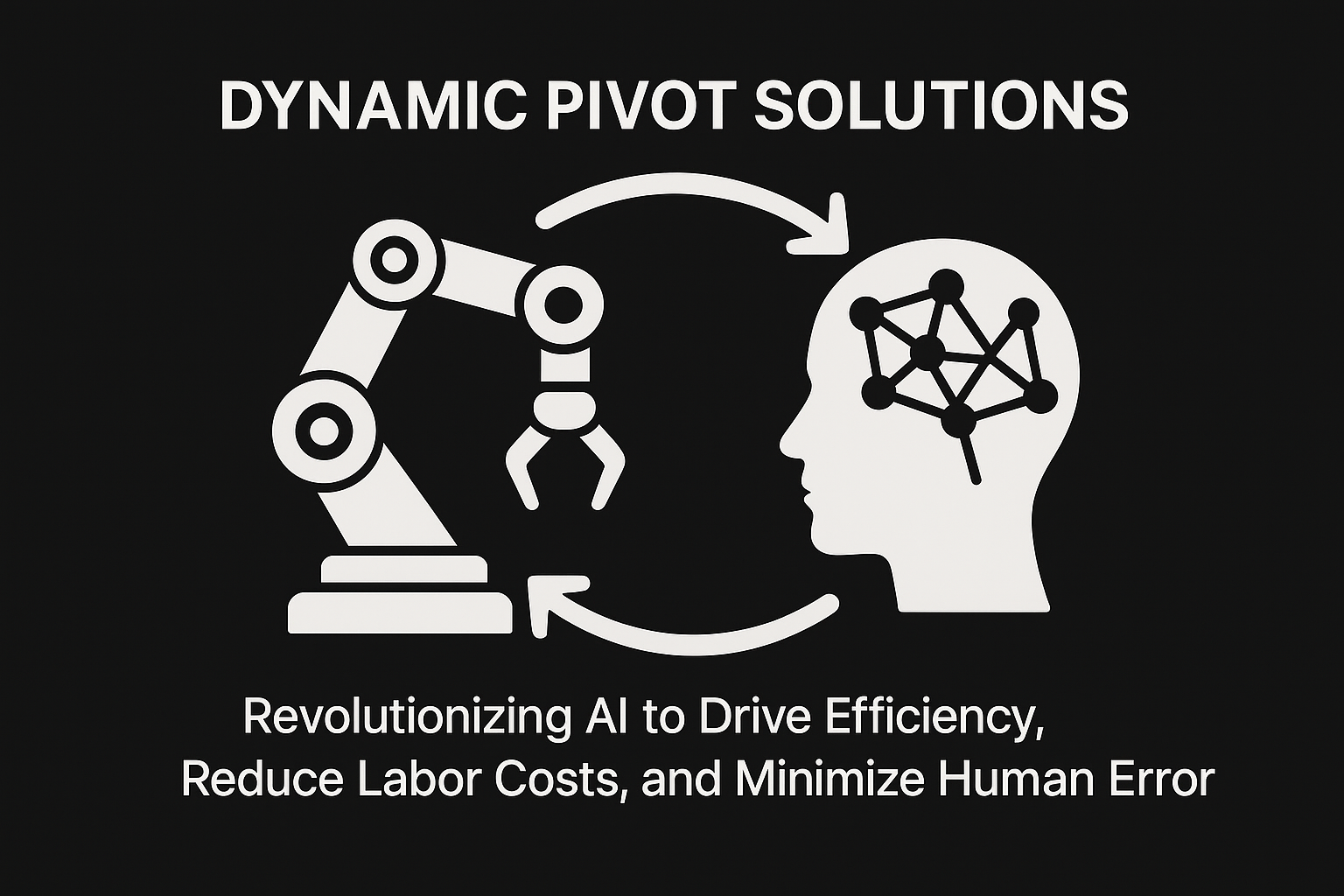Analytics in Action: Measuring Your Digital Marketing ROI
Analytics in Action: Measuring Your Digital Marketing ROI

In the digital marketplace, every marketing dollar spent must justify its value, making the measurement of Return on Investment (ROI) crucial. As businesses invest heavily in digital channels, understanding the effectiveness of these investments through analytics has never been more important. This blog explores how analytics can be effectively used to measure and optimize your digital marketing ROI, ensuring that your marketing strategies not only perform well but also drive growth.
Understanding Digital Marketing ROI
Digital marketing ROI quantifies the profit or loss generated on digital marketing campaigns, relative to the amount of money invested. Essentially, it tells a business whether its marketing efforts are financially beneficial. The formula for ROI is straightforward:
ROI=Total InvestmentNet Profit×100. However, the challenge lies in accurately attributing sales or conversions to the correct digital campaigns, especially in a landscape where customers interact with multiple touchpoints across various channels.
Key Metrics to Track for ROI
To grasp the effectiveness of digital marketing efforts, certain key performance indicators (KPIs) must be monitored:
- Conversion Rates: This reflects the percentage of visitors who complete a desired action, a direct indicator of campaign effectiveness.
- Cost Per Acquisition (CPA): Understanding the cost involved in acquiring each customer can help optimize budget allocation for better returns.
- Customer Lifetime Value (CLV): This predicts the net profit attributed to the entire future relationship with a customer, helping in making informed spending decisions.
- Traffic Sources: Analyzing which channels are bringing traffic and how effectively this traffic converts to customers.
Tools and Technologies for Tracking ROI
Accurate measurement of digital marketing ROI requires robust tools:
- Google Analytics: Essential for tracking website traffic, user behavior, and conversion metrics.
- CRM Systems: These help in maintaining records of customer interactions, providing insights into customer preferences and behaviors.
- Automation Tools: Platforms like HubSpot or Marketo automate repetitive tasks and streamline data analysis, making it easier to track ROI.
Why Measure Digital Marketing ROI?
The primary reason to measure digital marketing ROI is to determine whether the marketing strategies employed are effective in contributing to the organization's overall profitability. Here are a few key reasons why understanding ROI is critical:
- Budget Allocation: Knowing which campaigns generate the highest ROI allows businesses to optimize their budgets, investing more in high-performing strategies and reducing spending on those that do not perform well.
- Strategy Adjustment: Continuous measurement of ROI provides insights into how strategies can be adjusted in real-time for better performance.
- Justifying Marketing Spend: In many organizations, marketing budgets are the first to be cut when costs need trimming. Demonstrating a strong ROI is crucial for justifying the existing budget and potentially increasing it.
Challenges in Measuring Digital Marketing ROI
While the concept of ROI is simple, its measurement can be complicated by several factors:
- Multi-Channel Attribution: In the digital age, a customer’s journey to a purchase often spans multiple touchpoints, including social media, email, organic search, and paid ads. Properly attributing which channels influenced the purchase and to what extent can be challenging.
- Long Sales Cycles: For businesses with long sales cycles, especially in the B2B sector, it can be difficult to link marketing efforts directly to sales. The delayed effect of marketing on sales complicates the accurate measurement of ROI.
- Data Quality and Integration: Disparate data sources and the lack of integration can lead to incomplete views of customer interactions. Accurate ROI calculation requires high-quality, integrated data to provide a complete picture of the marketing effectiveness.
- Changing Consumer Behaviors: As consumer behaviors and technologies evolve, so must the methods for tracking and analyzing those behaviors. Keeping up with these changes can be challenging but is necessary for accurate ROI measurement.
Conclusion
Understanding and accurately measuring Digital Marketing ROI is essential for any business that wants to succeed in the competitive online marketplace. By knowing what works and what doesn’t, marketers can optimize their efforts to not only save money but also drive better business outcomes. Effective ROI measurement requires addressing the challenges of attribution, long sales cycles, and data quality, all while adapting to the changing digital landscape.
Dynamic Pivot Solutions: Enhancing ROI Through Expert Analytics
Dynamic Pivot Solutions stands out as a leader in leveraging advanced analytics to enhance digital marketing ROI. With a suite of services designed to deepen understanding of data and drive effective marketing strategies, Dynamic Pivot Solutions offers tools and expertise that translate data into profitable action.
- Client Success: For example, a recent collaboration with a retail client saw a 40% increase in ROI after implementing targeted analytics strategies suggested by Dynamic Pivot Solutions. This was achieved by optimizing the client's ad spend based on insights gained from customer behavior analysis.
- Testimonials: "Dynamic Pivot Solutions transformed our digital marketing efforts," says one client, a marketing director at a leading e-commerce brand. "Their insights helped us double our conversion rate in just three months."
Case Studies: Success Stories of ROI Measurement
Success in digital marketing can be highlighted through case studies:
- Social Media Campaign: A fashion retailer implemented targeted ads based on analytics provided by Dynamic Pivot Solutions, resulting in a 50% increase in ROI.
- Content Marketing Strategy: An IT services provider used content analytics to refine its strategy, enhancing content engagement rates and generating a 35% higher ROI.
Common Pitfalls in Measuring ROI and How to Avoid Them
Common errors include inadequate goal-setting and ignoring multi-channel attribution. To avoid these pitfalls:
- Set Clear Goals: Define what success looks like for each campaign before it begins.
- Use Proper Attribution: Implement an attribution model that accurately assigns conversion credit to the right touchpoints.
Future Trends in ROI Measurement
Predictive analytics and AI are poised to redefine ROI measurement by providing deeper insights and foresight into customer behaviors. Additionally, with tightening privacy regulations, marketers must navigate the challenges of data collection responsibly.
As we look further into the future trends in ROI measurement, the landscape continues to evolve with new technologies and methodologies that not only enhance the accuracy of analytics but also reshape the approach to digital marketing strategies. Here is a deeper exploration into the future trends in ROI measurement:
Widespread Adoption of Augmented Analytics
Augmented analytics is set to become a game-changer in the digital marketing realm. By incorporating natural language processing (NLP) and machine learning, augmented analytics automates the data insights process, making complex data more accessible to marketers. This technology enables real-time decision-making and insight generation, allowing businesses to adapt their strategies more dynamically to market changes and consumer behaviors.
Expansion of Voice and Visual Search
As technology progresses, so does the way consumers search for information. Voice search and visual search are rapidly gaining popularity, which necessitates an adjustment in how ROI is measured. These technologies require new types of content and optimization strategies. Understanding how voice and visual search contribute to conversions and sales will be crucial. Marketers will need to develop methods to track these new types of interactions and their impact on the customer journey.
Blockchain for Transparency and Verification
Blockchain technology promises to introduce a higher level of transparency and verification to marketing analytics. By using blockchain, companies can create immutable records of their ad spends and audience engagement. This technology can help combat fraud, ensure the accuracy of data, and provide verifiable proof of the authenticity of the reported results, thus making ROI measurement more reliable.
Increase in Personalization through AI
Artificial intelligence continues to refine the personalization of marketing efforts. AI can analyze data at an individual level to predict future behavior and create highly personalized marketing messages that are more likely to result in conversions. This level of personalization not only improves the customer experience but also enhances the measurement of ROI by clearly linking specific actions to outcomes.
Enhanced Cross-Device and Cross-Channel Analytics
With consumers increasingly using multiple devices and channels, the ability to track and analyze cross-device and cross-channel journeys becomes more critical. Marketers need to invest in technologies that can seamlessly integrate data across all platforms to provide a holistic view of the consumer journey. This integration will allow for more accurate ROI measurement and enable the optimization of campaigns across every touchpoint.
Ethical AI and Responsible Data Usage
As reliance on AI and data analytics grows, so does the focus on ethical AI practices and responsible data usage. Marketers will need to ensure that their AI systems are transparent, explainable, and free from biases. Moreover, with increasing scrutiny on data privacy, maintaining ethical standards in data usage will not only be a regulatory requirement but also a competitive advantage.
Conclusion
The future of ROI measurement is poised for transformative changes with the integration of advanced technologies like AI, blockchain, and real-time analytics. These innovations will provide marketers with unprecedented insights and capabilities, enabling more precise and effective marketing strategies. Companies that can adapt to these trends and invest in the right technologies, like those offered by Dynamic Pivot Solutions, will find themselves well-equipped to measure and maximize their digital marketing ROI in the evolving digital landscape.
Integration of Predictive Analytics and AI
Predictive analytics and artificial intelligence (AI) are increasingly becoming integral to digital marketing strategies. These technologies allow marketers to predict customer behaviors, preferences, and buying patterns by analyzing historical data and identifying trends. For instance, AI algorithms can forecast the likely success of a campaign before it is fully launched, enabling adjustments to be made proactively to enhance performance. Furthermore, predictive analytics can help in segmenting the audience more accurately, thus increasing the precision of targeted marketing efforts.
Enhanced Use of Machine Learning
Machine learning (ML) is another powerful tool that is refining ROI measurement. By automating data analysis, ML can process vast amounts of data more efficiently than human analysts, identifying significant patterns and insights that might go unnoticed. This capability is crucial for optimizing marketing strategies and reallocating budgets in real-time based on the performance of ongoing campaigns. Machine learning models can also optimize bidding strategies in advertising, ensuring the best possible ROI by dynamically adjusting bids based on conversion probability.
Greater Emphasis on Customer Data Platforms (CDPs)
Customer Data Platforms (CDPs) are designed to consolidate and integrate customer data from multiple sources into a single, comprehensive database. This integration allows for a unified view of a customer’s journey across all touchpoints, providing actionable insights into their behavior. With CDPs, businesses can more accurately attribute conversions and sales to specific campaigns and channels, thereby fine-tuning their marketing efforts for better ROI. Additionally, CDPs aid in maintaining data privacy and compliance as they enable more controlled handling and processing of personal information.
Shift Towards Privacy-Focused Analytics
With global data protection regulations such as GDPR and CCPA, there is a growing emphasis on privacy-focused analytics. Marketers must now find ways to measure ROI while respecting consumer privacy and limiting the use of personal data. This shift is leading to the adoption of privacy-preserving measurement techniques, such as differential privacy, which allows businesses to glean insights from datasets without accessing any individual’s data directly. Moreover, the industry is seeing a rise in the use of first-party data over third-party data, prompting businesses to invest in technologies that can efficiently leverage consumer information they own directly.
Real-Time Data Processing and Analysis
The ability to process and analyze data in real time is transforming ROI measurement. Real-time analytics enables marketers to see immediate results of their actions, adjust campaigns on the fly, and react quickly to market changes. This immediacy helps in optimizing campaigns continuously, ensuring that marketing spend is always directed towards the most effective strategies at any given moment.
Conclusion
Measuring digital marketing ROI through analytics is not just about tracking numbers but about making informed decisions that drive future marketing strategies. With tools like those offered by Dynamic Pivot Solutions, businesses can harness the full potential of their marketing data to not only achieve but exceed their marketing goals.








